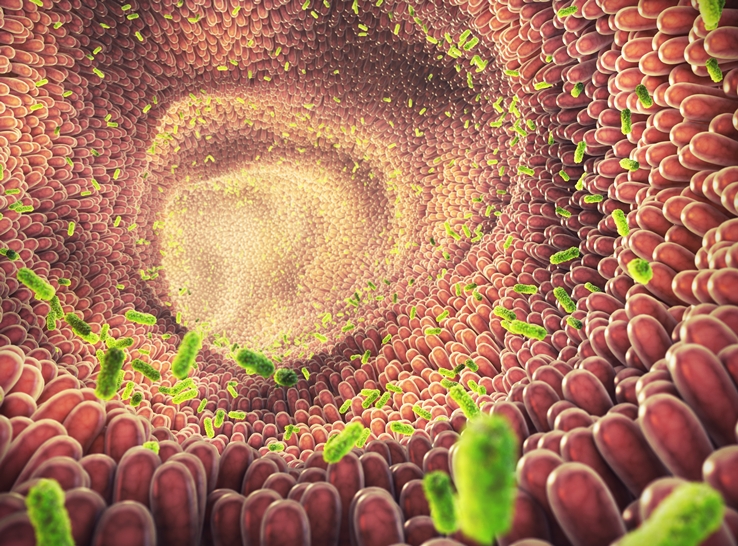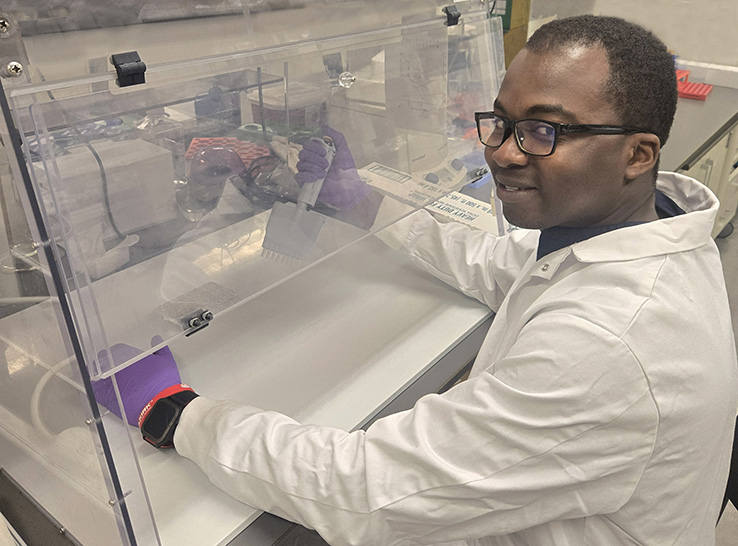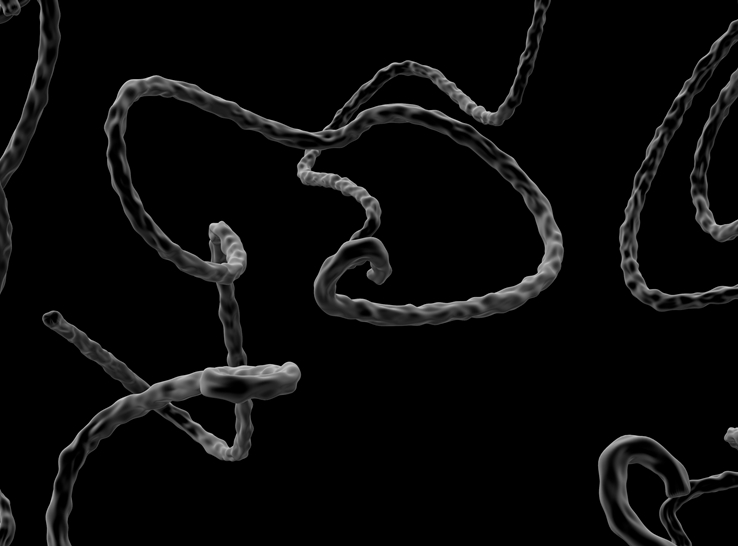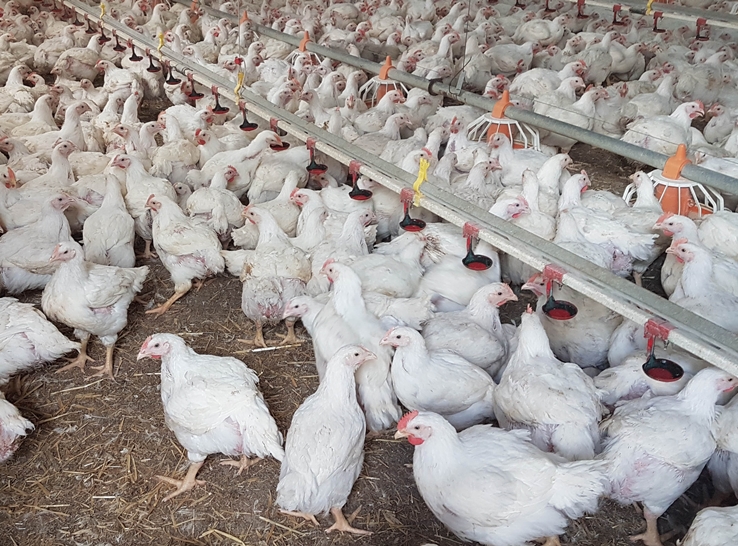Between most poultry companies raising a portion of their birds with no antibiotics and FDA imposing more limits on how antibiotics can be used, the poultry industry has turned to a rapidly growing menu of alternative therapies to help maintain a healthy gut.
“I am a firm believer that prevention is the best strategy for promoting health with feed additives,” said Lisa Bielke, PhD, a nutritionist and associate professor at North Carolina State University.
“A healthy gut is one that’s in homeostasis (stable equilibrium). The birds are digesting their food really well and controlling pathogens.”
Still, figuring out which feed additives to use can be a mind-bending experience, especially in the absence of FDA-approved indications found on drug labels.
To help producers make informed selections, Bielke provided an overview of feed additives that are available during a presentation at the 2023 Poultry Science Association annual meeting.
Organic acids
Research on organic acids has created many new products that provide indirect benefits for digestion and absorption, which in turn prevent disease. But a big problem is protecting the low-pH organic acids while passing through the upper gut into the lower gut where most of the disease occurs, Bielke explained.
“Some technologies have come out to protect those organic acids…and deliver them where they can actually have a direct effect on bacteria,” she said.
Take necrotic enteritis, for example, which is caused by clostridial organisms. “We want our organic acids to affect the lower gut because we don’t get it in the craw,” she said.
“So, those delivery methods are going to be what we’re really after when trying to get organic acids to work.”
Essential oils
“If you had asked me about essential oils 10 years ago, I’d have laughed at them,” Bielke said. “But my lab has been doing some work on essential oils with multiple companies and it’s interesting to see how this technology has come along.”
Using an in vitro assay to measure how essential oils affect Eimeria, the family of parasitic organisms that causes coccidiosis, Bielke’s lab found the oils do work.
“There are some feed additives under development, and maybe for sale by now, where essential oils can do things,” she said. “Companies are figuring out how to control these oils and get consistent products to keep them effective and get them where they need to be in the gut.
“So I’m really coming around on essential oils. I have no idea how they work right now — probably some antimicrobial compounds that are affecting the animals. I think they have a more prophylactic effect than therapeutic.”
Immune stimulators
A very broad category known as immune stimulators generally try to balance the immune response.
“A lot of disease in birds is actually overstimulation of the immune response,” Bielke said. “We want to have a controlled response…to prevent opportunistic diseases from occurring.”
Unfortunately, it is difficult to prove what and how these stimulators work due to the complexity of the immune system.
“I think we should not dismiss this class of feed additives just because we don’t understand exactly what’s happening,” Bielke added. “As long as we’re seeing consistent effects, we should go after them.”
Prebiotics, synbiotics
Prebiotics and synbiotics are two additives that act together in poultry feed to reduce intestinal disease. The prebiotics will feed beneficial bacteria in the gut. When synbiotics are added, the effect is heightened, Bielke explained.
“We need to remember that prebiotics don’t directly act on the birds but have this one-way action,” she said. “They indirectly affect our animals. If somebody says a prebiotic increases epithelial cell replication, it’s not the prebiotic doing it. It’s the bacteria affected by the prebiotic that are doing it.
“So when we get our prebiotic effect through to the microbiota, it is a nutritional effect,” she continued. “Our goal is to reduce disease susceptibility, not treat the disease once it’s there.”
Probiotics
Like prebiotics, probiotics are live microorganisms that interact with gut microbiota. They can reduce organic acids and sometimes help digest feed and improve the barrier function and colonization resistance.
Bielke said the next step for probiotics may be using bacteria to affect tolerance to other bacteria.
“As we start to understand how bacteria interact with each other and the gut, we can get to a position where we can start controlling some of the pathogens,” she explained.
She envisions high-tech probiotics being developed to control gut bacteria.
“We’re constantly finding new ways to help improve the health of animals with probiotics in ways that directly affect the health of the gut,” she added.
Adding synbiotics to probiotics makes sure the beneficial bacteria have the nutrients they need. And a “little bit of a prebiotic with our probiotics really sets us up for better success,” she said. “As we begin to better understand the nutrition of the bacteria, then I think we’ll really see some good advances within the industry.”
Classic antibiotics, antiparasitics
While medically important antibiotics such as tetracycline, penicillin or lincomycin can no longer be added to feed to prevent disease or enhance performance, antibiotics still have a place in controlling and treating disease.
“If animals have a disease that can be treated with antibiotics and we don’t treat them, we have a welfare problem,” Bielke said. “I know consumers want their raised-without-antibiotic meat. But I am still a proponent of using antibiotics judiciously where they need to be applied to help raise our animals in a healthy and welfare-positive manner.”
Some poultry antibiotics not considered medically important to humans — ionophores and bacitracin, for example — still have claims for preventing coccidiosis and necrotic enteritis, respectively.
Bielke noted that ionophores are important for controlling Eimeria, but they need to be rotated periodically and used responsibly to prevent resistance issues.
“We don’t think so much of [using ionophores] as a human-health consequence, but it is a consequence for the animals and our ability to control the disease,” she said. “Antiparasitics definitely play a role in raising healthy chickens, eggs and getting turkey meat out on the market.”
Selecting an additive
It’s important for producers to know and understand the diseases they’re targeting when selecting feed additives. Bielke cautioned that one feed additive will not fix all problems. Combinations are often needed. Also, management practices, feeding systems and predisposing factors need to be considered.
She recommended producers work with their veterinarians and nutritionists to study the evidence about feed additives published in scientific journal articles. “These are peer-reviewed and are not advertisements,” she added.







